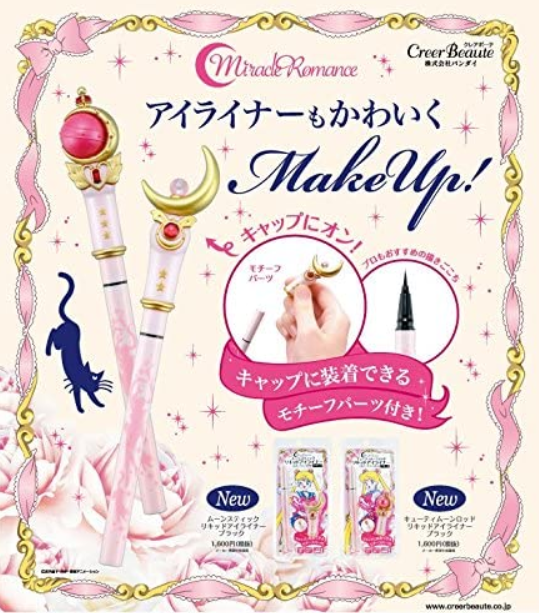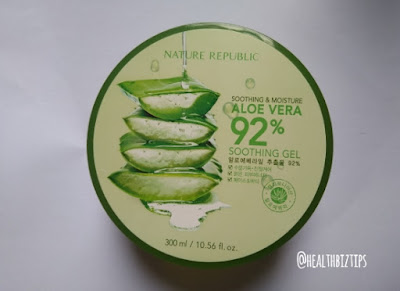14 Facts How Light destroys your Eyes
14 Facts How Light destroys your Eyes
By: Arlene Gentallan
Light plays a critical role in our daily lives, without which, we are not able to see the world around us. But today's modern technology has dramatically increased the exposure of human eyes to light. What does light really do to our eyes?
1. Is sunlight good for your eyes?
Sunlight is both good and bad for the eyes. We need light to see! Sun exposure is our best source of vitamin D which, aside from aiding us to absorb calcium, also sharpens our vision, and according to research helps prevent macular degeneration. But sunlight is our major source of eye-damaging lights such as, blue light, ultraviolet and infrared light, which ironically increases risk of macular degeneration.
2. What happens to your eyes when you stare at the sun?
Staring at the sun causes the clear outer part of your eye called "cornea" to be sunburned causing pain, gritty sensation, and blurring referred to as "photokeratitis." Once the intense light of the sun reaches the back of your eye called "retina" which contains light sensitive cells called "(rods and cones), a cascade of chemical reactions occurs causing damage which can possibly result to irreversible vision loss (solar retinopathy or photic retinopathy).
In layman's turn, staring directly at the sun will fry your eyeballs!
3. Is it safe to stare directly at the sun with eyes closed?
No, it is not safe! Even when you're eyes are close, damaging ultraviolet light will still reach your eye's retina causing damage.
4. Snow blindness
Did you know that snow can reflect about 80% of the ultraviolet light? That's why snow skiers are at a higher risk of having their eyes sunburned.
5. At the Beach
Sea Water and beach sand can also reflect ultraviolet light to some extent. That's why you should wear protective eye wear when you're at a beach.
6. Location and time are factors
Your exposure to harmful ultraviolet (UV) light increases when you are at a place with high altitude, near the equator, cloudless sky, and during noon. I have to repeat it, always wear eye protection when exposed to sunlight!
7. Man-made UV lights
Industrial device such as welding machines, and cosmetic devices such as tanning lamp emits ultraviolet radiation. Use of tanning beds has also increase the cases of skin cancer.
8. Laser pointers
Don't ever point a laser on your eyes especially for a prolonged period of time. There are cases of individual who suffered permanent visual loss because of shining laser pointer directly at their eyes. Children are especially prone to the damaging effect because they have underdeveloped eyes. Some labels may not accurately reflect the power emitted by the laser pointer.
9. Compact fluorescent lamp (CFL)
Using CFL can save you electric bill cost, but as it turns out, it emits damaging ultraviolet (UV) light which can turn the tide in the long run.
10. Ozone layer depletion
The ozone is Earth's invisible shied against ultraviolet (UV) rays, unfortunately it is being depleted. We have less protection nowadays folks.
11. Blue light
It's not only direct sunlight that can destroy your eye. Commonly used devices such as LED screen exposes us to blue light which reaches deep in our retina, significantly increasing our risk of macular degeneration. Staring at LED screen such as computer can also lead to dry eyes.
Related Articles: Blind after using smartphone
LED screens such as:
12. Why you're 20/20 vision is gone?
Cumulative exposure to light can damage the eye in the long run. The more time you spent in front of blue light, ultraviolet, and infrared light, the more harm you do to your eyes. People's modern lifestyle greatly increases the time they are staring at a LED screen such as computers, tablets, and smartphones, causing a high prevalence of vision related problems
13. Eyeball: priceless
Transplanting an eyeball is not possible because it's not possible to surgically connect the optic nerve to the brain. Visual loss or blindness due to damage to optic nerve is irreversible.
14. Corneal transplant
If there is damage to the cornea, corneal transplant can be an option, but there is still a chance of rejection.
Suggested Reads:
By: Arlene Gentallan
 |
| 14 Facts How Light destroys your Eyes |
Light plays a critical role in our daily lives, without which, we are not able to see the world around us. But today's modern technology has dramatically increased the exposure of human eyes to light. What does light really do to our eyes?
1. Is sunlight good for your eyes?
Sunlight is both good and bad for the eyes. We need light to see! Sun exposure is our best source of vitamin D which, aside from aiding us to absorb calcium, also sharpens our vision, and according to research helps prevent macular degeneration. But sunlight is our major source of eye-damaging lights such as, blue light, ultraviolet and infrared light, which ironically increases risk of macular degeneration.
2. What happens to your eyes when you stare at the sun?
Staring at the sun causes the clear outer part of your eye called "cornea" to be sunburned causing pain, gritty sensation, and blurring referred to as "photokeratitis." Once the intense light of the sun reaches the back of your eye called "retina" which contains light sensitive cells called "(rods and cones), a cascade of chemical reactions occurs causing damage which can possibly result to irreversible vision loss (solar retinopathy or photic retinopathy).
In layman's turn, staring directly at the sun will fry your eyeballs!
3. Is it safe to stare directly at the sun with eyes closed?
No, it is not safe! Even when you're eyes are close, damaging ultraviolet light will still reach your eye's retina causing damage.
4. Snow blindness
Did you know that snow can reflect about 80% of the ultraviolet light? That's why snow skiers are at a higher risk of having their eyes sunburned.
5. At the Beach
Sea Water and beach sand can also reflect ultraviolet light to some extent. That's why you should wear protective eye wear when you're at a beach.
6. Location and time are factors
Your exposure to harmful ultraviolet (UV) light increases when you are at a place with high altitude, near the equator, cloudless sky, and during noon. I have to repeat it, always wear eye protection when exposed to sunlight!
7. Man-made UV lights
Industrial device such as welding machines, and cosmetic devices such as tanning lamp emits ultraviolet radiation. Use of tanning beds has also increase the cases of skin cancer.
8. Laser pointers
Don't ever point a laser on your eyes especially for a prolonged period of time. There are cases of individual who suffered permanent visual loss because of shining laser pointer directly at their eyes. Children are especially prone to the damaging effect because they have underdeveloped eyes. Some labels may not accurately reflect the power emitted by the laser pointer.
9. Compact fluorescent lamp (CFL)
Using CFL can save you electric bill cost, but as it turns out, it emits damaging ultraviolet (UV) light which can turn the tide in the long run.
10. Ozone layer depletion
The ozone is Earth's invisible shied against ultraviolet (UV) rays, unfortunately it is being depleted. We have less protection nowadays folks.
11. Blue light
It's not only direct sunlight that can destroy your eye. Commonly used devices such as LED screen exposes us to blue light which reaches deep in our retina, significantly increasing our risk of macular degeneration. Staring at LED screen such as computer can also lead to dry eyes.
Related Articles: Blind after using smartphone
LED screens such as:
- Computer
- Laptop
- Smartphones
- Tablet
- Television
- Fluorescent
- Laser pointer
12. Why you're 20/20 vision is gone?
Cumulative exposure to light can damage the eye in the long run. The more time you spent in front of blue light, ultraviolet, and infrared light, the more harm you do to your eyes. People's modern lifestyle greatly increases the time they are staring at a LED screen such as computers, tablets, and smartphones, causing a high prevalence of vision related problems
13. Eyeball: priceless
Transplanting an eyeball is not possible because it's not possible to surgically connect the optic nerve to the brain. Visual loss or blindness due to damage to optic nerve is irreversible.
14. Corneal transplant
If there is damage to the cornea, corneal transplant can be an option, but there is still a chance of rejection.
Suggested Reads:
- 8 Tried and Tested Home Remedies for Dry Eyes
- 10 Reason You have Eye Bags even after a Good Night's Sleep?
- Danger of Smartphone's Bedtime Use







